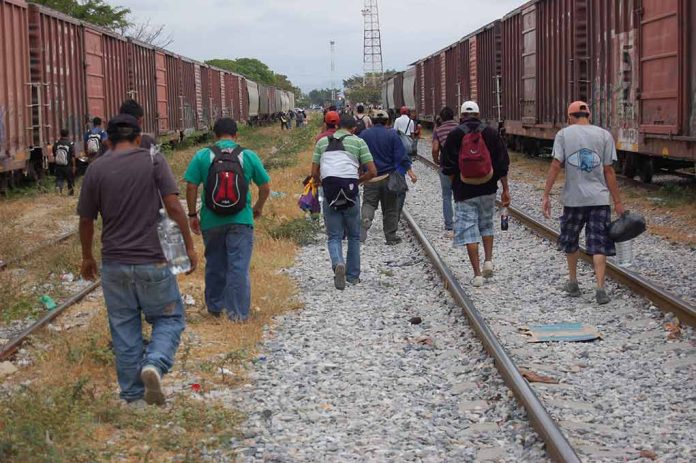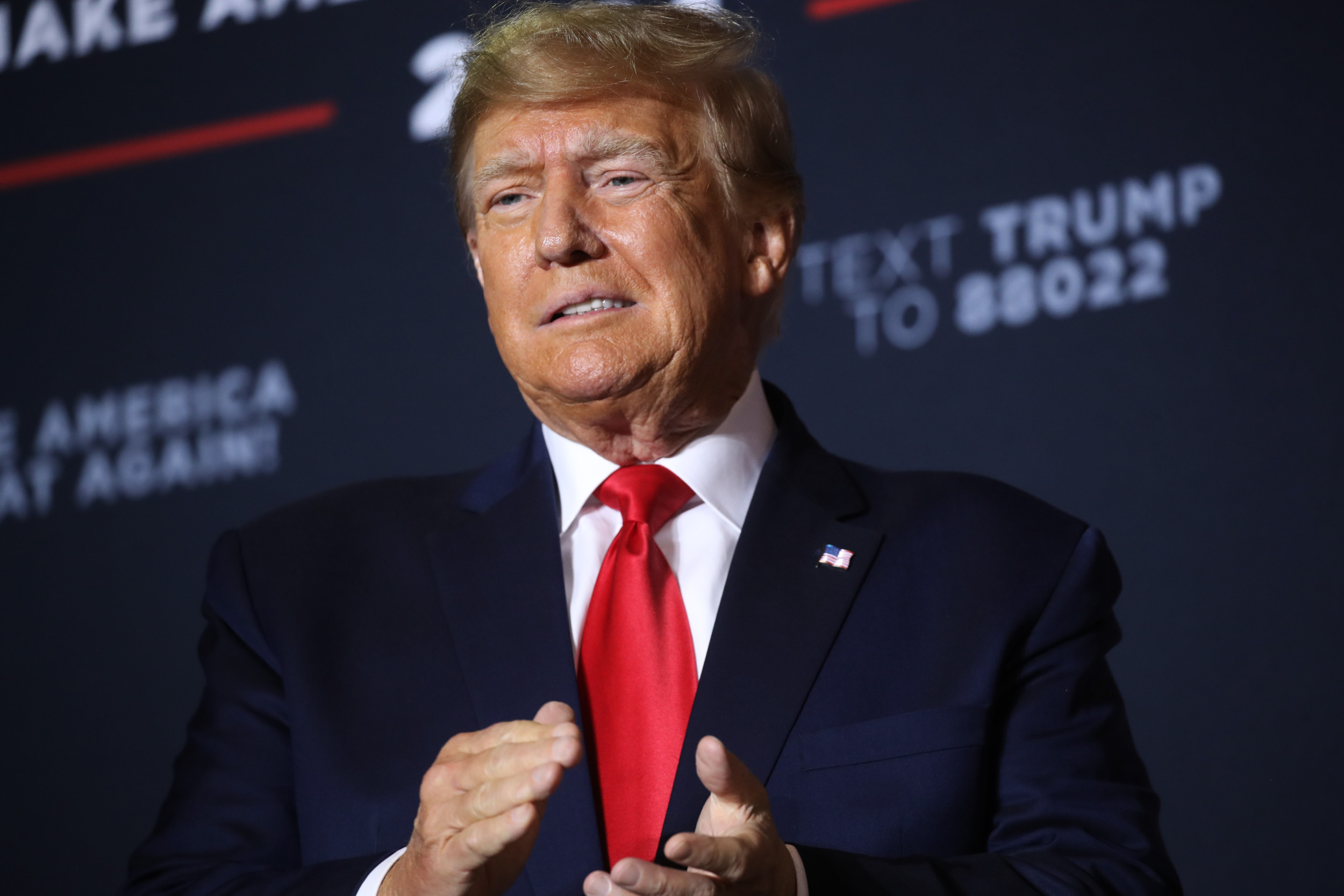Donald Trump’s presidency (2017-2021) was marked by a strong stance on immigration, particularly regarding illegal migration and deportation policies. His administration implemented a range of measures aimed at curbing illegal immigration, increasing deportations, and tightening border security. This article examines Trump’s immigration policies, with an emphasis on the deportation of illegal migrants.
The Zero Tolerance Policy

One of the most controversial immigration policies under the Trump administration was the “Zero Tolerance” policy, announced in April 2018. This policy mandated the prosecution of all individuals who illegally crossed the U.S.-Mexico border, leading to an increase in arrests and detentions. A significant consequence of this policy was the separation of migrant families, as adults were prosecuted while children were placed in government shelters. Although Trump later signed an executive order to halt family separations, the policy resulted in widespread criticism.
Expansion of Immigration and Customs Enforcement (ICE) Operations
The Trump administration expanded the role of Immigration and Customs Enforcement (ICE) in deportation efforts. Under Trump, ICE conducted large-scale raids in workplaces and communities, leading to increased deportations of undocumented immigrants. He removed limitations placed under the Obama administration that prioritized deporting criminals, instead broadening the scope to include any undocumented immigrant.
Changes to DACA and TPS Protections
Trump also attempted to terminate the Deferred Action for Childhood Arrivals (DACA) program, which protected undocumented individuals who arrived in the U.S. as children from deportation. While his efforts were blocked by the Supreme Court in 2020, they created uncertainty for thousands of DACA recipients. Similarly, his administration sought to end Temporary Protected Status (TPS) for migrants from countries experiencing crises, leading to legal battles and concerns about mass deportations.
The Public Charge Rule and Visa Restrictions
Trump introduced the “Public Charge” rule, which made it harder for low-income immigrants to obtain legal status if they were deemed likely to use public benefits. Additionally, his administration imposed travel bans on several predominantly Muslim-majority countries and restricted work visas, further limiting legal migration avenues.
Border Wall and Remain in Mexico Policy

A cornerstone of Trump’s immigration policy was the construction of a border wall along the U.S.-Mexico border. While he did not complete the full structure as initially promised, significant sections were built. Additionally, the administration implemented the “Remain in Mexico” policy, formally known as the Migrant Protection Protocols (MPP), requiring asylum seekers to wait in Mexico while their cases were processed. This policy significantly reduced the number of asylum seekers entering the U.S.
Increased Deportations and Legal Battles

Trump’s focus on deportation led to an increase in arrests and removals of undocumented immigrants, though overall numbers did not surpass record-high deportations under the Obama administration. His policies faced numerous legal challenges from civil rights organizations and state governments, some of which resulted in court-mandated modifications or reversals.
Conclusion
Donald Trump’s immigration policies aimed to significantly reduce illegal immigration through stricter enforcement, expanded deportation efforts, and legal barriers to migration. While his policies were praised by immigration hardliners for prioritizing national security and rule of law, they also faced significant criticism for their humanitarian impact and legal challenges. His administration’s approach reshaped U.S. immigration enforcement and continues to influence policy debates today.


